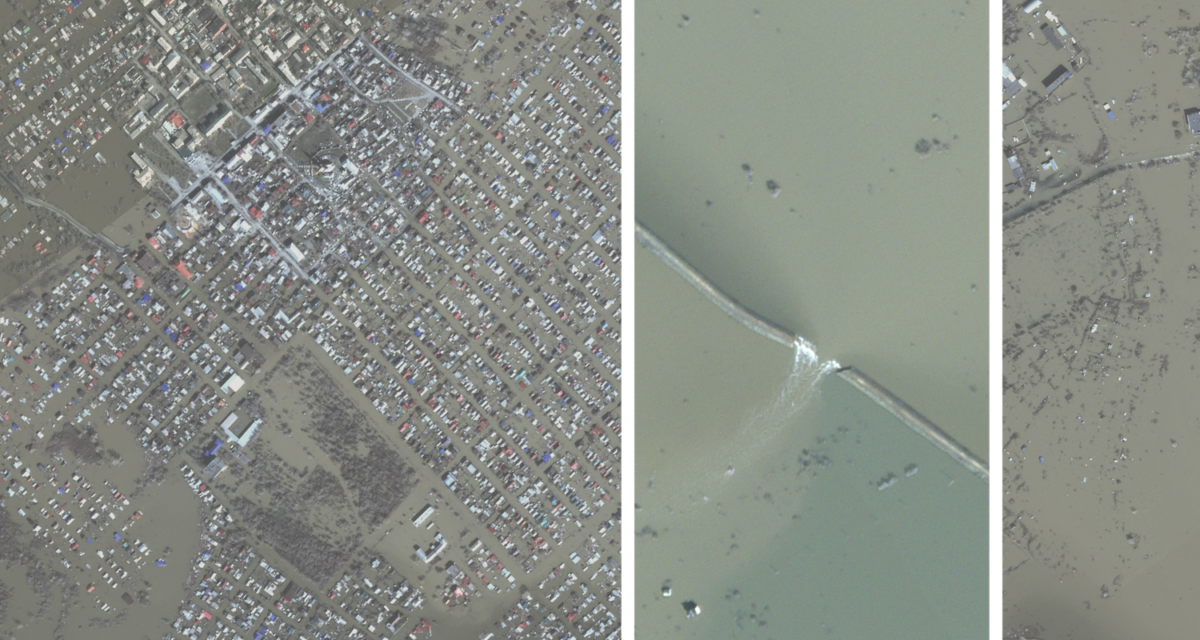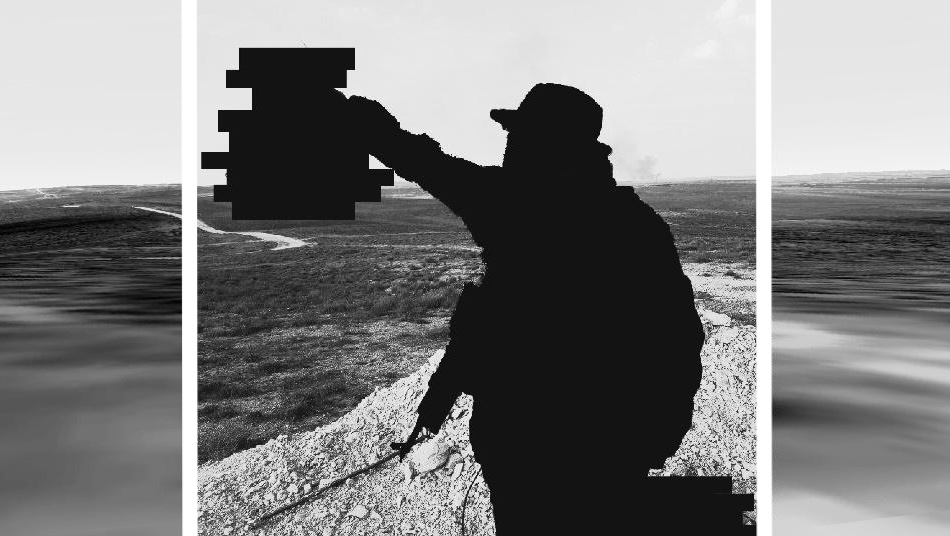PMC Ryodan: The Strange Story of Anime Teens, their Sworn Enemies and the Kremlin
The Russian parliament is set to meet in order to assess the situation with PMC (Private Military Company) Ryodan following mass detentions across the country. Dmitry Peskov, the Press Secretary of Russian President Vladimir Putin, has said that his office has been “paying attention” to the group. Rotonda media reports that in St Petersburg, police told children that PMC Ryodan is the creation of “Western intelligence services”, and are part of Russia’s ongoing “confrontation with the West.” The reach of PMC Ryodan is not limited to Russia – mass arrests have also taken place in Ukraine, with the Kyiv Police calling the group an instrument of “Russian propagandists” leading an “informational-psychological operation” to “destabilise the internal situation in Ukraine.”
PMC Ryodan is not a transnational terrorist operation, but rather a cheekily-named and loosely-organised group of teenage anime fans. Over the last week of February, panic spread through Russia and Ukraine about a mysterious subculture of teenagers wearing black hoodies adorned with a white spider, supposedly starting massive brawls in shopping malls. News spread of incidents of “the Ryodans”, identifiable by their ubiquitous fashion choices, gathering in flash mobs in malls and attacking people.

Articles in Russian media outlets have been published with instructions for parents to help them find out if their child is a member of PMC Ryodan (one clue – they may have long black hair). News website Readovka has called PMC Ryodan a “cult of violence”and a “fight club”.
Facing off against this group of anime-obsessed teenagers are their adversaries.
Ryodans have called them a range of names including offniki (basically, football hooligans) and gopniki, a Russian term for a violent, working class subculture. A post in one Ryodan group called them simply “bald motherfuckers wearing Adidas”. These young men are usually depicted as brutish, Adidas tracksuit-wearing thugs. These “anti-Ryodan” groups have very quickly mobilised online into violent squads, sharing videos of attacks on anyone they suspect of being a “Ryodan” in shopping malls across Russia and Ukraine.
Although anti-Ryodan groups use homophobic language in deriding Ryodan fans, this isn’t necessarily reflective of a new culture war. For their part, Ryodan fans are hardly opposition protesters. These incidents are closer to fights in school canteens than a clash between politicised subcultures. In fact, upon closer inspection, the groups hunting Ryodan fans are more organised, more violent and more numerous than their prey.
Who are Ryodans?
Ryodans are passionate anime fans, primarily of the Hunter x Hunter series. ‘Ryodan’, which means ‘the troupe’ in Japanese, is a group of thieves that feature in Hunter x Hunter, while their symbol is a white spider with a changing number.
Russian fan groups of the series are not new, with countless communities spread across Vkontakte (VK), TikTok, Discord, Steam, Telegram and other social networking sites. Some groups started calling themselves “PMC Ryodan” as a joke, riffing off Wagner, Russia’s most notorious private military contractor (PMC). This is somewhat analogous to fans of the Korean group BTS calling themselves Army – but with a twist of the current wartime situation of Russia. It may have expressed the extent of their fandom, which was expressed by buying large amounts of merchandise showing a white spider and digit (usually ‘4’) on a black background.
As one Ryodan member has noted in a Telegram post, this name was often used as a “clan tag” for people playing computer games online, such as DotA 2, a multiplayer battle arena game. Popular VK groups show that this “PMC” formation was far from a serious designation – members of all ages joked about their “ranks” and spent more time posting screenshots of their DotA 2 games than about actual fighting or war. In these groups, there was some limited discussion of in-person meetups, including one at the foodcourt of the Aviapark shopping mall in Moscow, which took place in late December 2022.
The first reported violent incident involving Ryodan happened on February 19, when a small skirmish broke out at the food court of the Aviapark mall in Moscow. A group of Ryodans were attacked by a group of men in tracksuits. On the same day, a popular Ryodan Telegram channel uploaded a photograph showing four people, three of whom are wearing the Ryodan spider hoodie, which Bellingcat geolocated to the foodcourt on the fourth floor of the Aviapark mall. Shortly after, the same channel posted the message “PMC Ryodan – Death to the bald motherfuckers in Adidas”, presumably referring to the attackers, followed by a now-deleted February 19 video showing the fight at the food court. This is likely the first documented instance of violence between the “Ryodans” and other young men in shopping malls.
A few days later, numerous videos seen by Bellingcat were filmed of another series of fights at the foodcourt of the same mall. At least one of these fights took place in the exact same location as the February 19 photograph from the Ryodan Telegram channel.
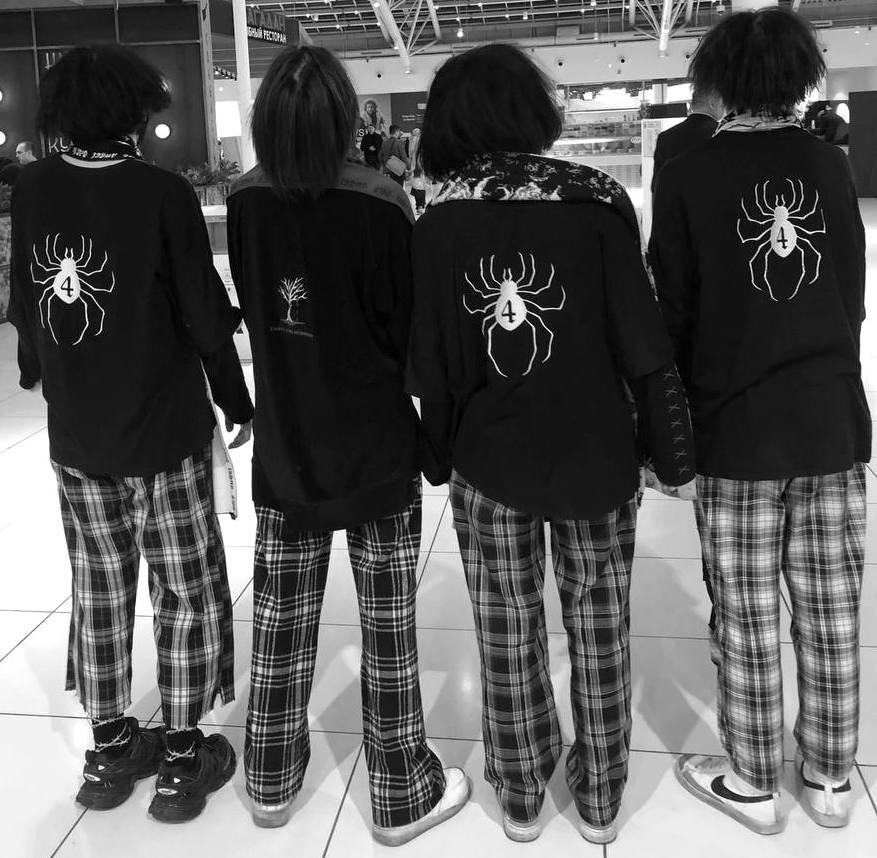
These fights at the Aviapark mall were widely publicised online, leading to a series of new incidents across Russia and later Ukraine. Ryodan Telegram accounts remix footage from the Aviapark fights by adding memes and music, and creating anime-inspired images showing black hoodie-wearing characters fighting bald men wearing Adidas track suits.
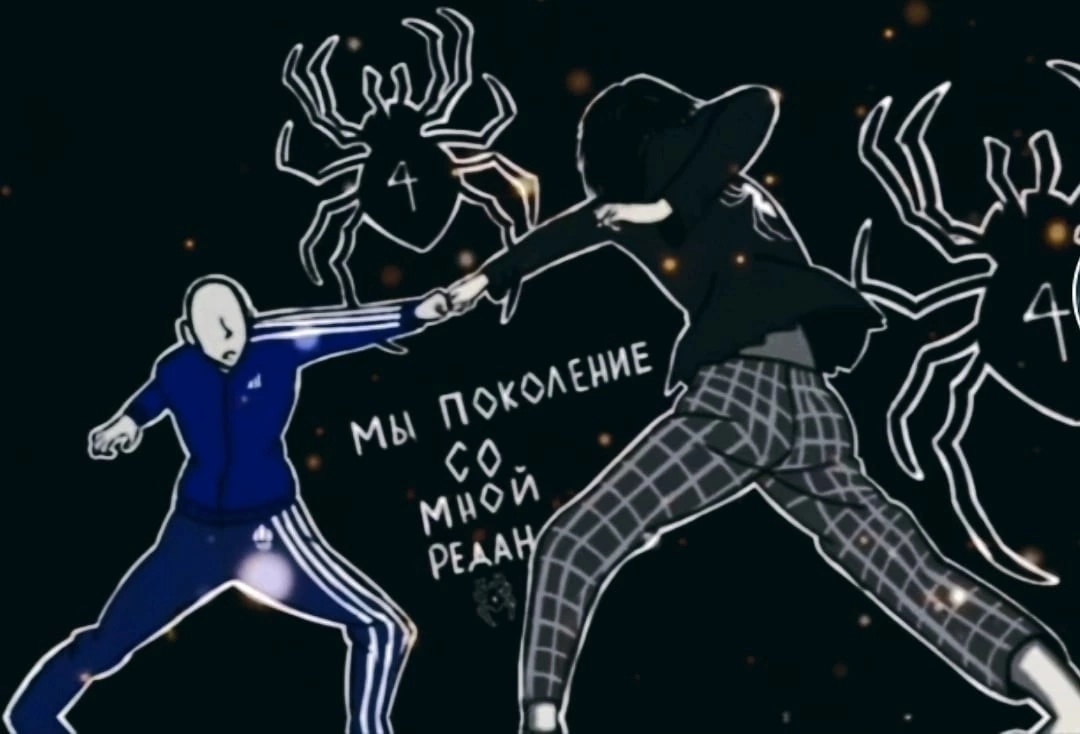
Ryodan supporters leaned into their “PMC” name, posting a mock-map of the “battle” for Aviapark, resembling the ubiquitous maps of frontline movements in Ukraine.

Since the dust-ups in a food court in Moscow, arrests involving “Ryodans” have been reported across Russia, Belarus, and Ukraine, including St. Petersburg (February 26), Novosibirsk (February 26), Tolyatti (February 27), Kazan (February 27), Kharkiv (February 27), Kyiv (February 28), Gomel (February 28), and Volgograd (March 1). However, very few of the mass arrests across these three countries involved actual fights – most were during sweeps of shopping malls and other public areas, arresting teenagers in Ryodan clothing. The exception to this was a large fight in St Petersburg’s Gallery mall, which led to over 100 arrests of both Ryodan and anti-Ryodan youths.
Who are Anti-Ryodans?
Anti-Ryodan groups organised across social networks, especially VK and Telegram, at a rapid pace following the Moscow Aviapark (February 19 and 22) and St Petersburg Gallery (February 26) mall skirmishes. Both national and local groups popped up almost overnight, forming groups of young men to organise the search for and violence against “Ryodans”. Some of the cities for these rapidly-formed anti-Ryodan groups include St Petersburg, Novosibirsk, Tolyatti, among numerous other cities.

In some private Anti-Ryodan Telegram channels to which Bellingcat gained access, users would share videos of physical attacks against young men wearing black hoodies, often in what appear to be shopping mall bathrooms and in wooded areas. In some videos, guns are being pointed at the youths while they are being physically beaten. A recurring event in these videos is men cutting the hair of the “Ryodans” with knives, such as in one video from February 24 seen below.
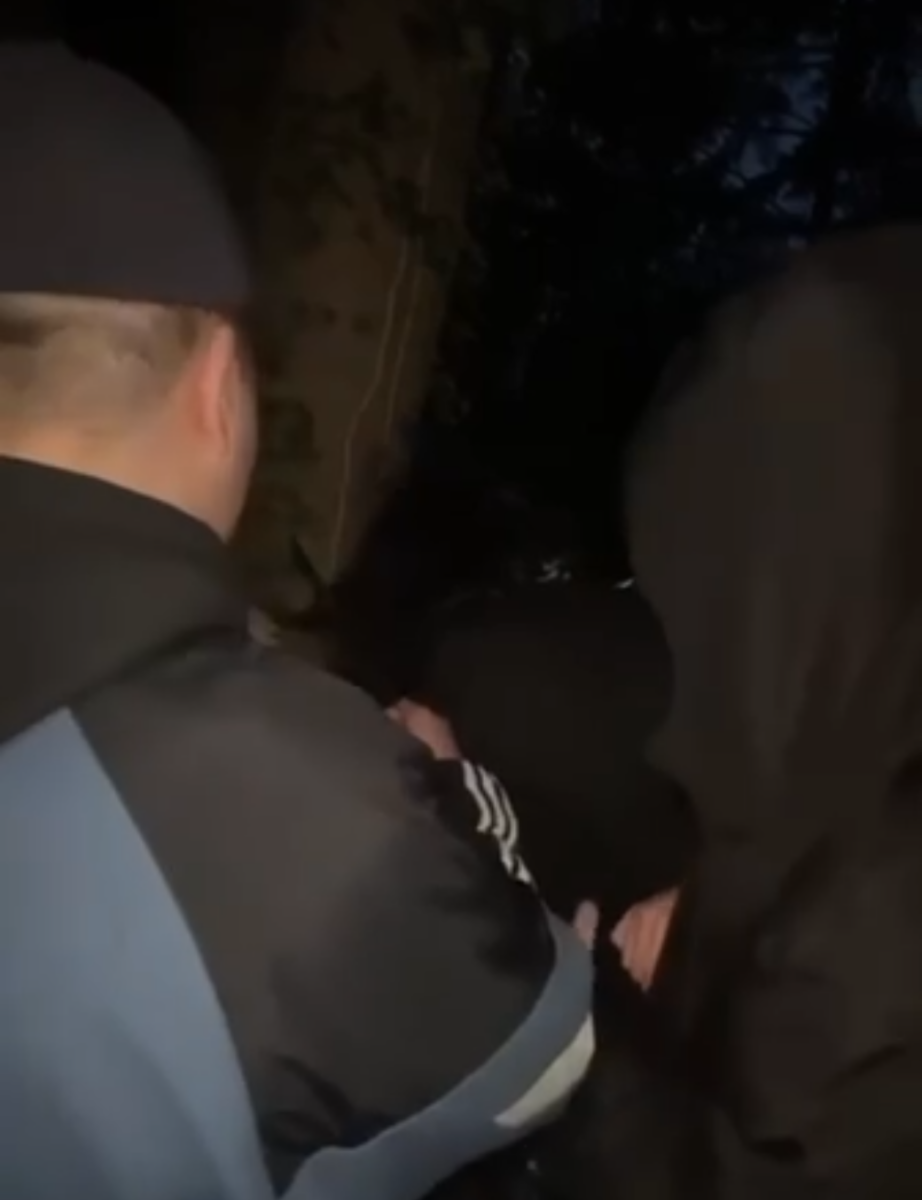
These Anti-Ryodan groups are made up of young men who do not appear to have a unified ideology or goal outside of organised violence against their counterparts. Memes in anti-Ryodan communities show explicit strains of homophobia and white supremacist movements, with slogans and images taken from skinhead culture.


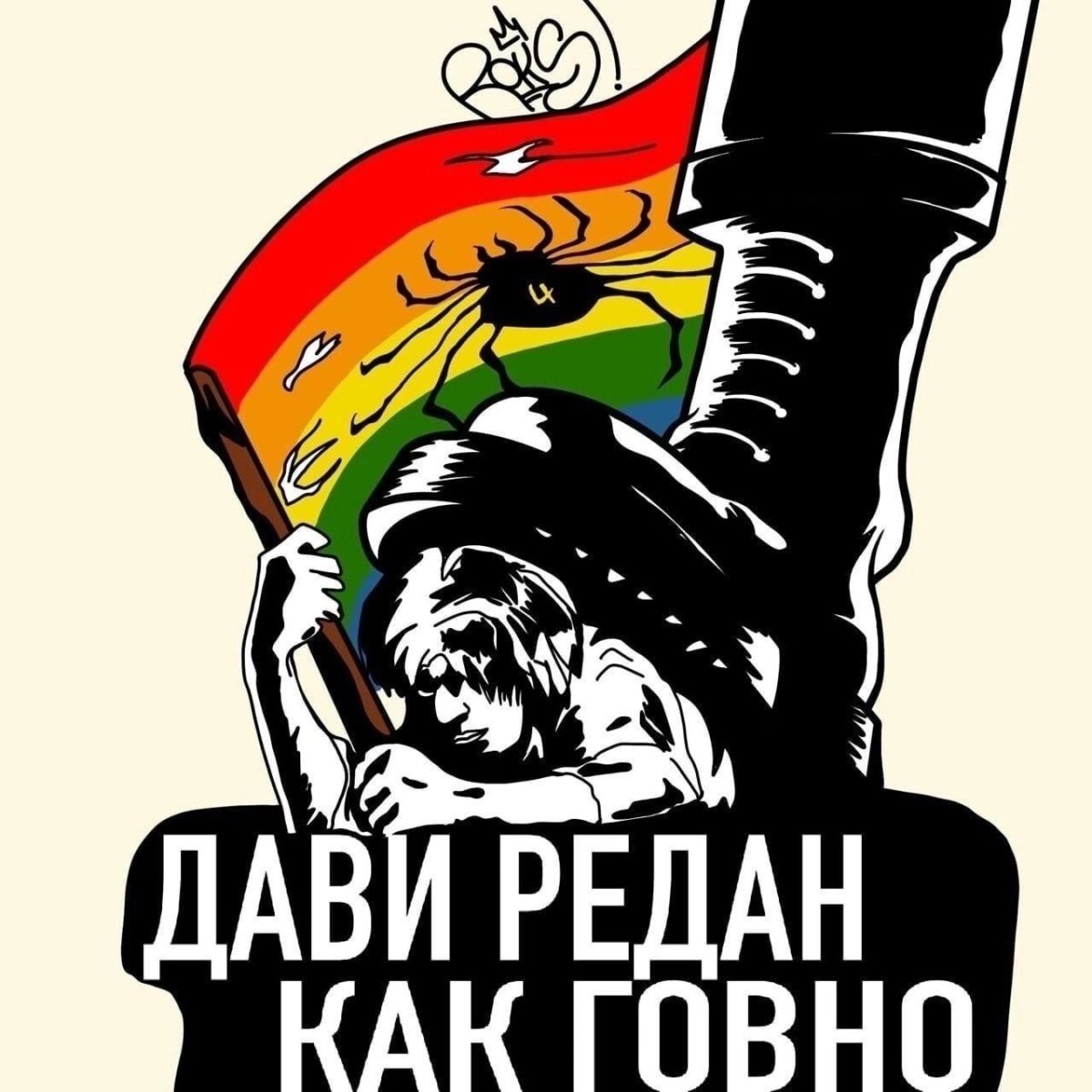


The St Petersburg Skirmish
As the case of the Gallery Mall in St Petersburg shows, anti-Ryodan groups mobilised effectively and in force. On February 24, a local St Petersburg Ryodan Telegram channel asked their followers if they wanted to meet up on February 26 at 4pm at the Gallery shopping mall – the city’s largest shopping mall, located near the city centre. On February 25, at least two notable local St. Petersburg anti-Ryodan groups on Telegram started advertising a meeting to take place the next day at the same mall. They implied that they expected a confrontation.


Shopping Mall Gallery
We await Anti-Ryodans
A group of Ryodan cocksuckers are gathering there at 4pm. We’ll be there at 3pm! We await you!
Source: Telegram / News SPB PMC Ryodan / Anti-Ryodan Saint Petersburg
By 4:18pm local time, one of the local anti-Ryodan groups realised things were not going well, telling their followers to not go to the mall unless they want to get arrested. The St Petersburg-based media outlet Fontanka noticed something strange was happening at 4:34pm, writing on Telegram that police vehicles were surrounding the area and that a witness told them that “a crowd of teenagers were running down the escalator.” Videos from anti-Ryodan Telegram groups show this scene, with a number of young men rushing down the escalator, along with a video of a young man who appears to be a Ryodan being kicked and chased. By 4:56pm, Fontanka wrote that the mall had been closed. Eventually, riot police (OMON) arrived at the scene alongside police officers. By 5:51pm, a local anti-Ryodan channel said that there was “total anarchy” at the mall. Other videos showed people sprinting away from the scene. Fontanka quoted a representative of St Petersburg’s Investigative Committee as saying that only “a few” people were injured during the incident, which was being investigated for hooliganism.
Despite the massive police presence, there were few verifiable instances of violence at the mall that afternoon. A video first posted at 5:08pm shows a 15-year-old boy surrounded by anti-Ryodans and other teenagers forced to take off his Ryodan hoodie and then being attacked. Fontanka published a security surveillance video of the same incident, claiming that it was the “start of the conflict”. A 17-year-old student who had appeared to instigate the attack was later arrested.
In sum, over 200 youths, including some under 14 years old, were detained throughout the evening of February 26 at the Gallery shopping mall.
‘They don’t understand kids’
Yet even during the largest incident involving “PMC Ryodan”, only a handful of teenagers sustained any injuries. Most other detentions of “PMC Ryodan” members or simply of people who may resemble them are from police sweeps of shopping malls and other public places in what may have been an attempt to preempt repeats of the St Petersburg brawl.
Social media posts even seem to suggest that the entire Ryodan panic began at a food court in a Moscow mall one day in February, when one group mocked a set of anime-loving teenagers for their clothes and told them to move tables, leading to a fight. The ensuing scuffles at other shopping malls have since led to dramatic media coverage and triggered questions in the Duma and the Kremlin itself.
Yet the Ryodan issue, which has been breathlessly described by Russian journalists and officials alike as a “cult of violence” and even the work of intelligence agencies, may just boil down to a fundamental misunderstanding of youth culture. One viral Telegram post even described the series of events as a wartime, social media-era series of public fights between jocks and nerds.
“What happened? Gopniks saw some anime kids wearing weird clothes in a mall, ask them what’s up with their outfit and beat their faces in. The anime kids got stronger and beat up the gopniks. This became so funny that the internet started calling the anime kids ‘PMC Ryodan’… Other Gopniks weren’t happy with this, went off to find this ‘PMC’ and started beating up random anime kids who fought back. The police turned up to stop the fights and made arrests, then the media started to write that ‘leaders of the aggressive group PMC Ryodan were detained’.
“Old people don’t understand kids, the internet, or the modern world”, he concluded.
